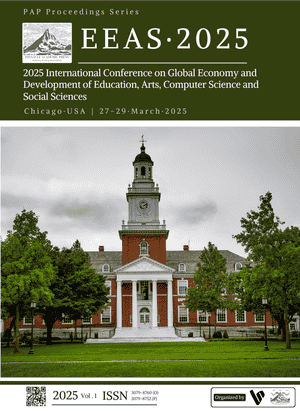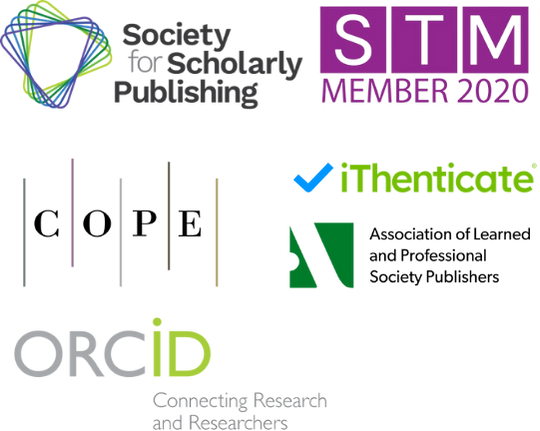Positive and Negative Pairings: A Soft Intervention Focused on Reducing Aggression in Narcissistic Personality Adolescents to Reduce Bullying in Schools
Keywords:
narcissistic personality, school bullying, aggression intervention, empathy enhancement, student psychological supportAbstract
School bullying has increasingly become a significant factor affecting the mental health and academic life of adolescents in mainland China and globally, with many victims suffering from Autism Spectrum Disorder (ASD), insomnia, anxiety, and mood disorders. While much research in mainland China focuses on psychological treatment and protective measures for victims, there is a scarcity of behavioral analyses and intervention programs targeting aggressors, especially adolescents with narcissistic personalities, a high-risk group. Narcissistic adolescents typically exhibit traits such as arrogance, intense emotional expressiveness, a craving for admiration and control, a strong desire for attention, and a lack of empathy, making them more prone to proactive aggression and bullying behaviors. This paper presents a typical case of school bullying involving a narcissistic individual, analyzes the common behaviors and psychology of narcissistic bullies based on the underlying logic and causes of their thinking, and integrates aggression-related theories to propose a “Positive-Negative Pairing” psychological intervention method based on student group participation. The intervention aims to gently modify self-perceptions and enhance empathy within the school environment, thereby reducing the aggression of narcissistic adolescents and consequently decreasing instances of bullying. The study indicates that this intervention method is highly targeted and sustainable, but also acknowledges limitations such as potential test manipulation by narcissistic individuals and low willingness to cooperate, suggesting the need for further optimization.
References
1. S. L. Kjærvik and B. J. Bushman, "The link between narcissism and aggression: A meta-analytic review," Psychol. Bull., vol. 147, no. 5, pp. 477, 2021, doi: 10.1037/bul0000323h.
2. G. K. Tortoriello and W. Hart, "A tale of two audiences: Narcissism, failure reactivity, and perceived criticism from the self and others as internalized audiences," Self Identity, vol. 17, no. 2, pp. 236-254, 2018, doi: 10.1080/15298868.2017.1382385.
3. J. M. Leunissen, C. Sedikides, and T. Wildschut, "Why narcissists are unwilling to apologize: The role of empathy and guilt," Eur. J. Pers., vol. 31, no. 4, pp. 385-403, 2017, doi: 10.1002/per.2110.
4. N. Nehrig, S. S. M. Ho, and P. S. Wong, "Understanding the Selfobject Needs Inventory: Its relationship to narcissism, attach-ment, and childhood maltreatment," Psychoanal. Psychol., vol. 36, no. 1, p. 53, 2019, doi: 10.1037/pap0000182.
5. K. Rigby, "Consequences of bullying in schools," Can. J. Psychiatry, vol. 48, no. 9, pp. 583-590, 2003, doi: 10.1177/070674370304800904.
6. L. J. Otway and V. L. Vignoles, "Narcissism and childhood recollections: A quantitative test of psychoanalytic predictions," Personal. Soc. Psychol. Bull., vol. 32, no. 1, pp. 104-116, 2006, doi: 10.1177/0146167205279907.
7. R. S. Horton, G. Bleau, and B. Drwecki, "Parenting narcissus: What are the links between parenting and narcissism?," J. Pers., vol. 74, no. 2, pp. 345-376, 2006, doi: 10.1111/j.1467-6494.2005.00378.x.
8. C. E. Ashton-James and A. Levordashka, "When the wolf wears sheep’s clothing: Individual differences in the desire to be liked influence nonconscious behavioral mimicry," Soc. Psychol. Pers. Sci., vol. 4, no. 6, pp. 643-648, 2013, doi: 10.1177/1948550613476097.
Downloads
Published
Issue
Section
License
Copyright (c) 2025 Jiayi Zhou (Author)

This work is licensed under a Creative Commons Attribution 4.0 International License.



